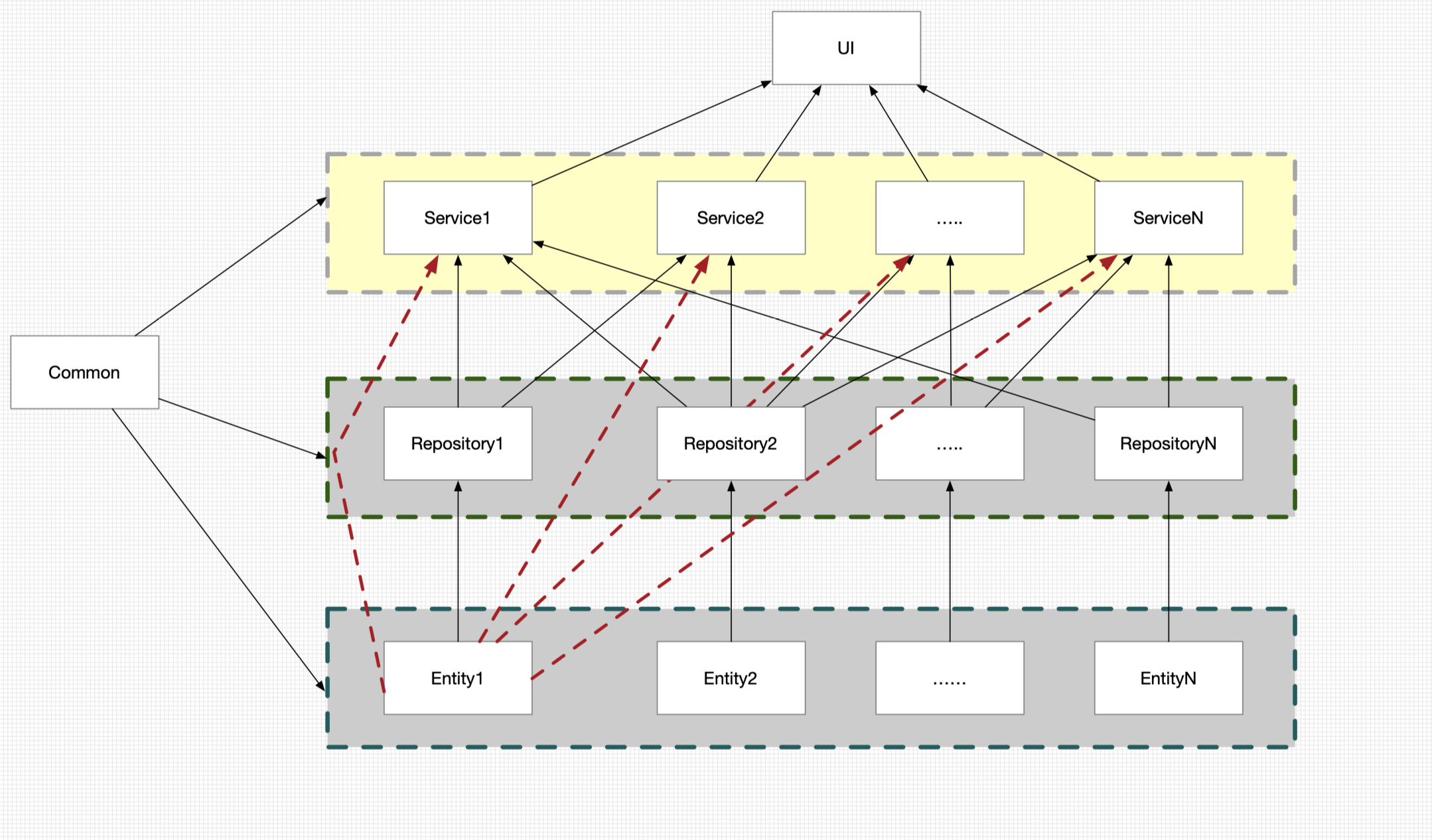在Java访问mysql的时候,需要用到jdbc驱动,传统连接方式为:
1 | try { |
我们对上面的代码做一个简单的性能测试,代码如下:
1 | public static void main(String[] args) { |
上面代码用了100个线程分批次去完成查询的动作,在我的机器上运行时间45s左右。
从上面的代码可以看出问题,Connection对象每一次都是重新创建,查询完成后,直接是调用close方法,如果不释放,会报连接数过多的异常。 如果查询多次,那浪费在创建Connection的时间就会很多,我们知道在程序优化的手段中,有一个池化可以很好的解决这个问题。
池化的概念就是先创建多个对方存在在一个容器中,当时候的时候可以直接拿出来时候,用完后再进行归还。 跟着这个思想,我们来创建自己的连接池。
编写思路
创建一个线程安全的容器(由于是多线程访问),队列或者是list,因为Connection的对象并不是有序的,所以可以使用list容器
对Connection的对象进行封装,增加一个isBusy变量,每次读取的时候就可以选出空闲的Connection对象
如果取的时候,没有可用的Connection对象,则可以再自动创建对象,可以自动扩容,直到扩容到允许的最大值。
封装的Connection类:
1 | public class PooledConnection { |
包装好Connection后,可以考虑如何对Connection进行创建和分配,需要有以下几个方法:
1 | PooledConnection getPooledConnection(); |
为了更好的程序调试,先定义几个初始的参数变量:
1
2
3
4
5
6
7
8
9
10
11
12//数据库相关参数
private static String jdbcDriver = null;
private static String jdbcUrl = null;
private static String userName = null;
private static String password = null;
//容器参数
private static int initCount;//初始数量
private static int stepSize;//每次扩容的数量
private static int poolMaxSize;//最大数量
//全局锁
private static Lock lock;
为了保证线程安全,使用线程安全的Vector集合。
获得对象方法
获得对象的方法,应该是先找到一个空闲的PooledConnection变量,如果有就直接返回。
如果没有空闲的变量,则尝试进行扩充,扩充由一个线程完成,其他线程则等待,或者尝试再次获取。
1 | public PooledConnection getPooledConnection() throws RuntimeException, SQLException { |
扩容方法对象
扩容的方法相对比较简单,判断当前对象数量有没有溢出,如果没有溢出,就进行扩容
1 | public void createConnections(int count) throws OutofMaxCountException, IllegalArgumentException { |
上面的代码隐藏一个问题,我们增加对数据的查询方法,方便我们测试。 查询方法如下:
1 | public ResultSet querySql(String sql) { |
我们对代码做性能测试同样的测试,在我的电脑运行时间为5s左右,大概快了10倍。 但经过多次测试,代码抛出了ConcurrentModificationException异常,这个异常的原因是因为在使用的时候,我们又修改了正在使用的对象。所以在使用的时候要对对象进行加一个读写锁。
为了锁不至于影响到锁的性能,我们把锁碎片化,采用针对每一个对象进行加锁,而不是全局加锁。修改后的封装对象:
1 | public class PooledConnection { |
最终结果:
1 | public PooledConnection getPooledConnection() throws RuntimeException, SQLException { |
碰到问题
首先是无法控制连接最大的数量 ,问题出在扩容没有控制一个线程扩容,使用
tryLock解决,代码如下:1
2
3
4
5
6
7
8
9
10
11
12
13
14
15
16while (realConnection == null) {
if (lock.tryLock()) {//尝试获取锁
createConnections(stepSize);//只能让一个线程扩容 获得锁之后进行扩容
lock.unlock();
} else {
try {
Thread.sleep(200);
} catch (InterruptedException e) {
}
}
realConnection = getRealConnection();
if (realConnection != null) {
return realConnection;
}
}ConcurrentModificationException异常,在读取的使用的时候,对象有写入操作,需要保证读取可以并发,读写不能一起,写不同对象是可以并发,使用读写锁可以解决:
1
2
3
4
5
6
7
8
9reentrantReadWriteLock.writeLock().lock();//读写互斥,写写互斥
if (!connection.isValid(2000)) {//是否有效,200ms 没有被超时
System.out.println("连接无效");
Connection validConnect = DriverManager.getConnection(jdbcUrl, userName, password);
pooledConnection.setConnection(validConnect);
}
pooledConnection.setBusy(true);
reentrantReadWriteLock.writeLock().unlock();1
2
3
4reentrantReadWriteLock.readLock().lock();
Statement statement = connection.createStatement();
ResultSet resultSet = statement.executeQuery(sql);
reentrantReadWriteLock.readLock().unlock();使用上面的代码会存在一个性能问题,就是在写入的时候,如果写入的是不同对象,写入也会进行排斥,所以应该对单个
PooledConnection使用锁。把锁进行碎片化优化
1
2
3
4
5
6
7
8
9
10
11
12
13
14
15
16
17
18
19
20
21
22
23
24
25
26
27
28
29
30
31
32
33
34
35
36
37
38
39
40
41
42
43
44
45
46
47
48
49
50
51
52
53
54
55
56
57
58
59
60
61public class PooledConnection {
private boolean isBusy = false;
private Connection connection;
private boolean isUsing = false;
private ReentrantReadWriteLock reentrantReadWriteLock;
public PooledConnection(Connection connection, boolean b) {
this.isBusy = b;
this.connection = connection;
this.isUsing = false;
reentrantReadWriteLock = new ReentrantReadWriteLock();
}
public PooledConnection() {
reentrantReadWriteLock = new ReentrantReadWriteLock();
}
public boolean isBusy() {
return isBusy;
}
public void setBusy(boolean busy) {
isBusy = busy;
}
public Connection getConnection() {
this.isUsing = true;
return connection;
}
public boolean isUsing() {
return isUsing;
}
public void setUsing(boolean using) {
isUsing = using;
}
public void setConnection(Connection connection) {
this.connection = connection;
}
public void close() {
this.isUsing = false;
this.setBusy(false);
}
public void shutDown() {
try {
this.connection.close();
} catch (SQLException e) {
e.printStackTrace();
}
}
public void writeLock() {
this.reentrantReadWriteLock.writeLock().lock();
}
public void unWriteLock() {
this.reentrantReadWriteLock.writeLock().unlock();
}
public void readLock() {
this.reentrantReadWriteLock.readLock().lock();
}
public void unReadLock() {
this.reentrantReadWriteLock.readLock().unlock();
}
}
读的时候加入读锁:
1 | PooledConnection pooledConnection = getPooledConnection(); |
写入加锁:
1 | pooledConnection.writeLock();//读写互斥,写写互斥 |
优化后耗时:耗时为:3692ms 。













